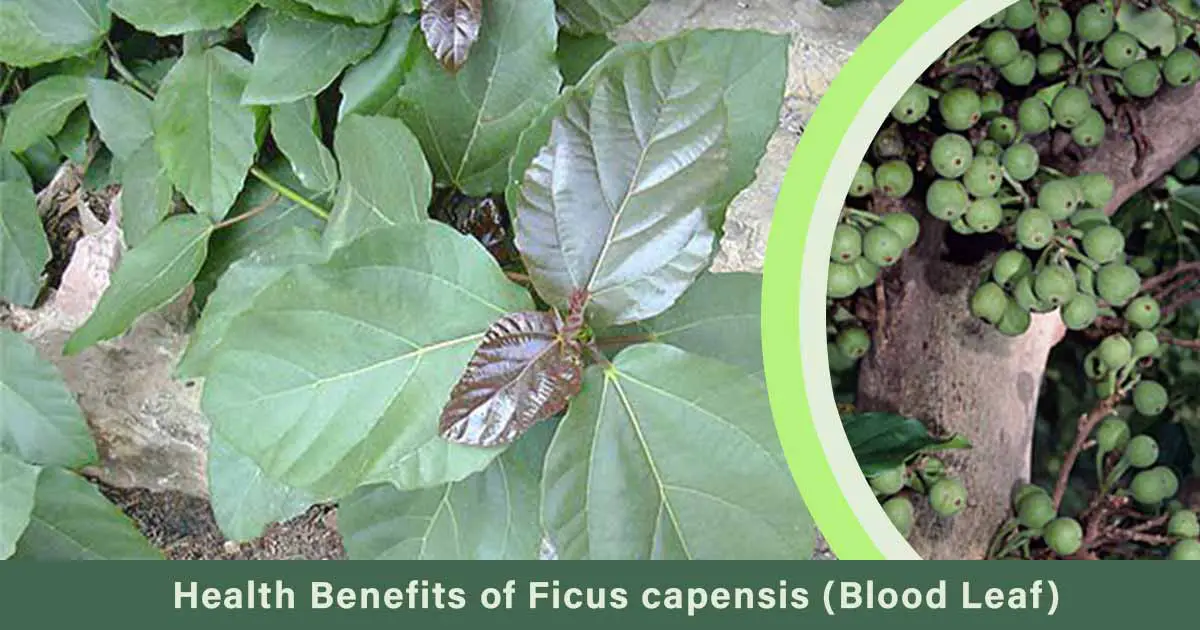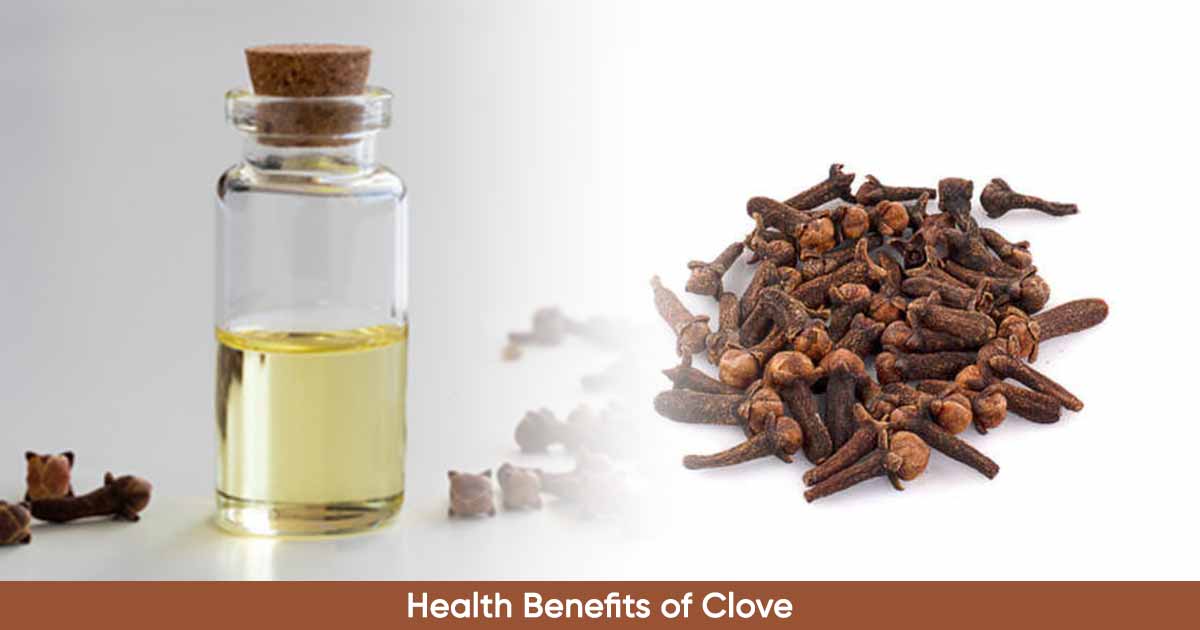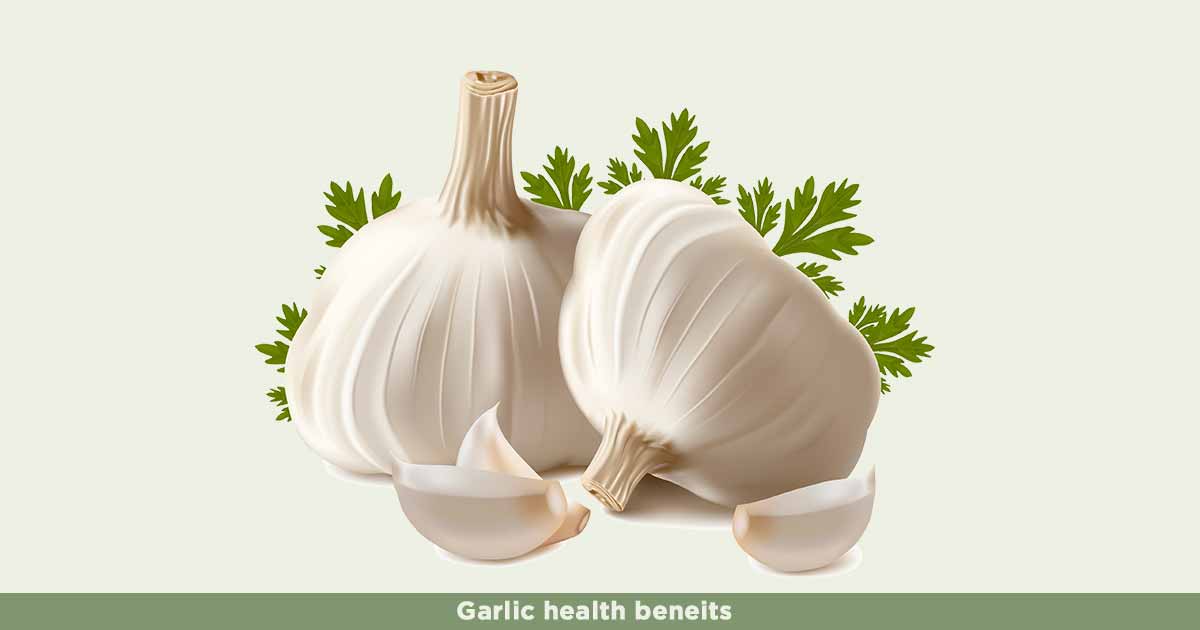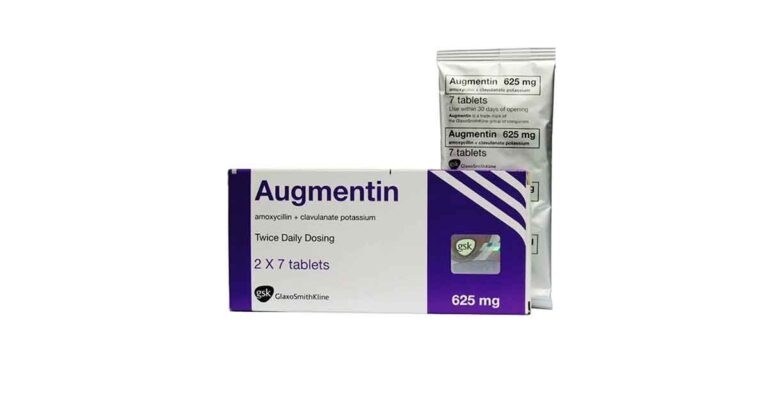Ficus capensis, bush fig, or fig of heaven is a tropical evergreen tree, belonging to the mulberry family or fig family (Moraceae). There are more than 800 species in the family. Ficus capensis is also called blood leaf, or akpuru leaf. It is believed to boost blood production in the body.
The evergreen tree grows fast, up to the height of 35–40 meters, and has spreading roots. The young leaves are red, while the bark of the young tree is smooth and grayish. The bark becomes darker and rougher with age.
All parts of the plant exude milky latex, which is used to treat burns. The figs are in large clusters, born on the leaflet branches. The figs are bright green, but turns to orange or red when they are ripe. The fruits are edible.
Other common names of the Ficus capensis plant are Akpuru in Igbo, Uwaryara in Hausa, Akokoro in Nsukka, Obada in Edo, Ogbaikolo in Igala, Opoto among the Yorubas in Nigeria. The plant is native to tropical Africa and Cape Islands. It grows in Cape Verde, West African countries like Senegal, Gambia, Nigeria, Central Africa.
Traditionally, the bark, root, leaves can be used to manage diarrhea, sickle cell, fever, cough, skin rashes, ulcers, stomach pain, chest pain, edema, infertility. It also has antimicrobial, antioxidant, tocolytic and antioxidant property.
Phytochemical Constituent of Ficus capensis
Phytochemical analysis of Ficus capensis shows the plant contains bioactive elements such as alkaloids, steroids, glycosides, flavonoids, terpenoids, saponins, phenolic compounds, reducing sugars, tannins, anthraquinones glycosides, and resins.
Saponins, terpenoids, flavonoids, are of the highest quantity in the leaves, while tannins, anthracene derivatives, alkaloids, cardiac glycosides, and phenolics are more in the bark.
Some compounds from the methanol extract fraction are campesterol, stigmasterol and β-sitosterol, stigmasterol, carvacrol, α-caryophyllene, β-amyrin, geranylacetone, linalool, 4, 5, 7-trihydroxy flavan-3-ol, xantholoxin, etc.
Nutritional Content
Studies shows that Ficus capensis contains ash, fats/oil, protein, crude fiber, starch, and carbohydrates. The mineral content is calcium, zinc, iron, magnesium, sodium, potassium, cobalt, copper, lead, and mercury. The stem bark extract contains vitamin A, C, E, B1, B6, B9, zinc, magnesium
Medicinal Benefits of Ficus capensis
Ficus capensis, or akpuru leaf, has many medicinal benefits as a result of the phytochemical present in the leaves.
Antimicrobial activity: The leaf, stem and root extract of Ficus capensis has antimicrobial activities. The root extract inhibited Pseudomonas aeruginosa, Streptococcus faecalis, Proteus mirabilis, Candida albicans and Staphylococcus aureus.
The leaf extract inhibited Escherichia coli, Bacillus subtilis, Klebsiella pneumoniae, Bacillus cereus, Candida pseudotropicalis, Proteus mirabilis but has no effect on Pseudomonas aeruginosa.
Immune system boosting: Studies with experimental wistar rats administered with the leaf extract showed an increase in leukocyte mobilization when an agar-induced acute inflammatory stimulus was applied to the rats. The leukocyte mobilization may be as a result of stimulatory effect of the extract on the cytokines and chemokines.
Leukocytes, especially neutrophils, are mobilized from the blood marrow into the blood during infection or inflammation in the body.
Sickle cell management: The ethanolic leaf extracts of ficus capensis, or akpuru leaf stimulated erythropoiesis to a good level, preventing the sickling of the red blood cells in sickle cell patients.
However, the studies showed that higher dose of the extract produced more red blood cells (proerythroblasts) but with slower maturation, while lower dose stimulated the production of smaller red blood cell but with faster maturation. The mechanism is not fully understood.
Additionally, nutrients present in the plant such as proteins, carbohydrates, iron, copper, and cobalt may help in red blood cell synthesis.
Cardioprotective action: The stem bark extract of the plant is potent against carbontetrachloride-induced cardiotoxicity in albino rats. This may be as a result of the antioxidants present.
Ulcer: The extract of the plant may prevent ulcer as a result of the antioxidant content, free radical scavenging ability, and ability to inhibit lipid peroxidative processes. Antioxidants removes reactive oxygen species (ROS) that cause oxidative stress, ulcers complications.
Anemia: Both F. capensis and C. aconitifolius have blood boosting characteristics which may help to ameliorate anemia.
Diarrhea: Aqueous leaf extract of the plant inhibited castor oil-induced diarrhea in the gastrointestinal tract of laboratory mice. The leaf extract acted like an antimuscarinic agent like atropine by reducing the intestinal motility. It also inhibited the ileum contraction caused by acetylcholine.
Erectile dysfunction: Ficus capensis contains phenolic compounds such as gallic acid, quercetin, caffeic acid, ellagic acid, rutin and chlorogenic acid. These compounds may inhibit acetylcholinesterase, iron-induced lipid peroxidation, and increase radical scavenging, and iron chelating which may help in managing erectile dysfunction.
Toxicity of Ficus capensis
Administration of high dose of the leaf extract (5000 mg/kg) on experimental mice showed no obvious adverse reaction or death.
References
- https://www.researchgate.net/publication/341669320_Ficus_capensis_Thumb_Moraceae_Review_of_Its_Ethnomedicinal_Uses_Pharmacological_Activities_and_Phytochemical_Constituents
- https://academicjournals.org/journal/JPP/article-full-text-pdf/418BEE71007
- https://www.zimbabweflora.co.zw/speciesdata/species.php?species_id=120400
- https://scialert.net/fulltext/?doi=jas.2017.407.414












